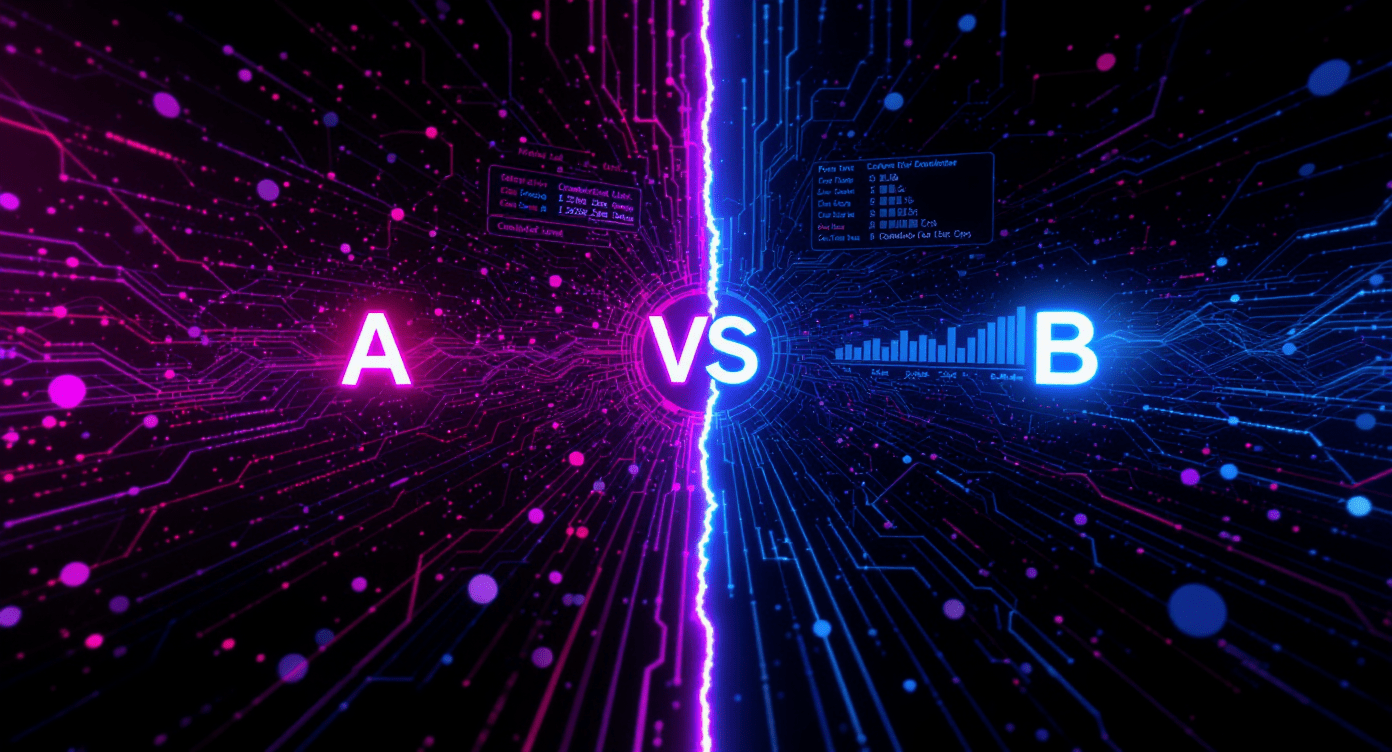The Science Behind A/B Testing: Why Most Marketers Get It Wrong
Statistical significance isn't optional — it's the difference between data-driven decisions and expensive guesswork. Here's what you need to know.

A/B testing sounds simple: show half your visitors version A, half get version B, and pick the winner. But here's the uncomfortable truth: most A/B tests are run incorrectly, leading to decisions based on noise rather than signal.
Companies waste millions acting on "winning" variations that weren't actually better — they just got lucky in a small sample size. Or worse, they never reach statistical significance because they spread traffic too thin across too many variations.
Let's break down the science behind proper A/B testing and the common mistakes that cost marketers their credibility and their budget.
The Costly Reality
Research shows that 77% of companies can't reach statistical significance in their A/B tests because they don't have enough traffic. Yet they make decisions anyway. This is the equivalent of flipping a coin three times, getting two heads, and concluding that the coin is rigged.
The 4 Most Common A/B Testing Mistakes
And how to avoid them
Stopping Tests Too Early
95% of marketers stop tests before reaching statistical significance, leading to false positives.
Wait for at least 95% confidence level AND minimum sample size. A test with 500 conversions is more reliable than one with 50, even if both show the same conversion rate difference.
Testing Too Many Things at Once
Testing 5 variations of a headline simultaneously means each variation gets 1/5 of the traffic, requiring 5x longer to reach significance.
Start with one clear hypothesis. Test A vs B. Once you have a winner, test it against a new variation. This approach gives you faster, more actionable results.
Ignoring External Factors
Running a test during a holiday sale, product launch, or major news event skews results dramatically.
Control for external variables by running tests during 'normal' periods, or run tests long enough to capture multiple cycles of variation (weekdays vs weekends, etc.).
Not Understanding Statistical Significance
A 10% conversion rate vs 12% might look great, but with only 100 visitors each, it's meaningless noise.
Use a sample size calculator. For a 20% lift with 95% confidence, you need ~4,000 visitors per variation. For a 10% lift, you need ~16,000.
6 Best Practices for Valid A/B Tests
Define Your Hypothesis First
ClarityDon't test 'red button vs blue button.' Test: 'Will a high-contrast CTA increase visibility and conversions?' The hypothesis guides meaningful testing.
Calculate Sample Size Before Starting
PlanningKnow how much traffic you need BEFORE launching the test. If you need 10,000 visitors but only get 500/month, the test will take 20 months — not practical.
Test One Variable at a Time
FocusChange the headline OR the CTA OR the image. Not all three. Otherwise, you won't know what caused the change.
Run Tests Long Enough
DurationMinimum 1-2 weeks to capture day-of-week variations. Ideally 2-4 weeks for stable results. Weekend traffic often behaves differently than weekday.
Don't Peek at Results Early
DisciplineChecking results multiple times during a test increases false positive rates by up to 50%. Decide on a sample size, then wait.
Document Everything
LearningKeep a testing log with hypothesis, start date, end date, results, and learnings. Patterns emerge over time that inform future tests.
Understanding Statistical Significance
95% confidence level means that if you ran this same test 100 times, 95 of those times you'd see the same result. There's still a 5% chance it's random luck, but that's acceptable in most business contexts.
Sample size matters more than percentages. A test showing 15% conversion vs 12% conversion means nothing with 50 visitors each. But with 5,000 visitors each, that's a statistically significant 25% improvement worth implementing.
P-value under 0.05 is your goal. This means there's less than a 5% probability that your results happened by random chance. Most A/B testing tools calculate this automatically, but understanding what it means helps you make better decisions.
More Articles You'll Love
Continue learning with these related posts
Join these successful businesses
Get started today and see how Dynamic Lander can transform your conversion rates.

